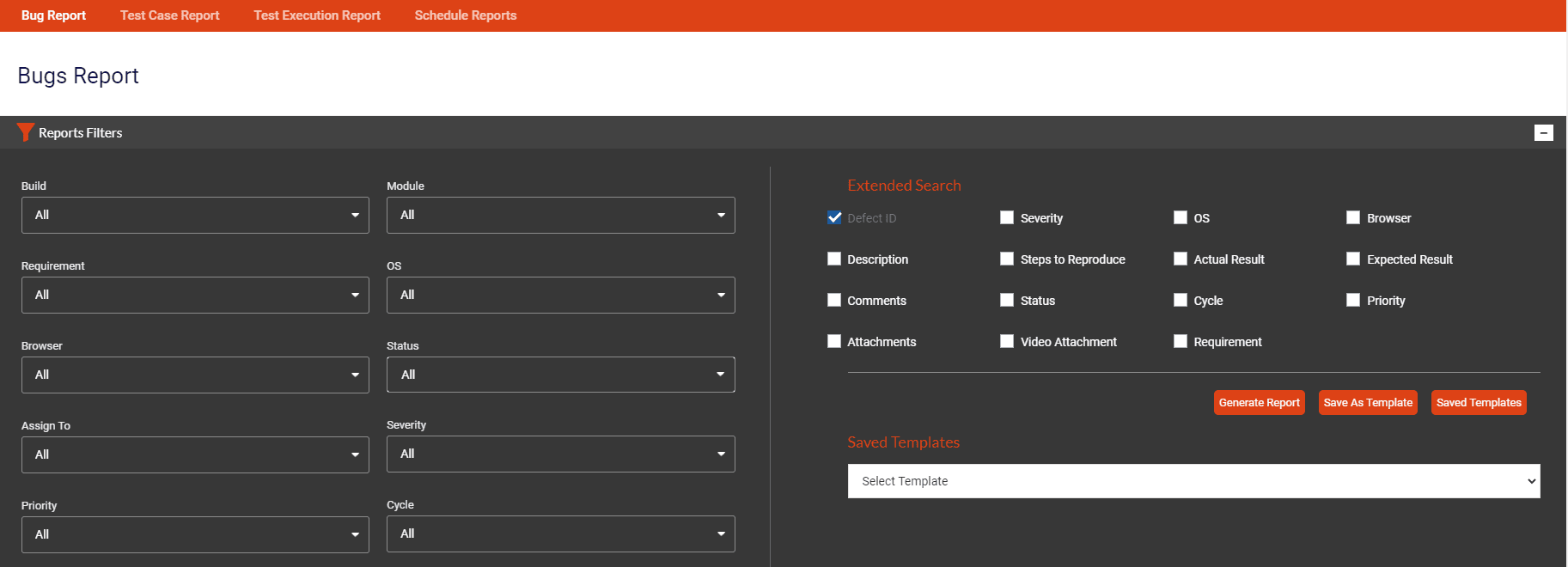Test case management is an elaborate process that involves team, expertise, and extensive tracking, as well as addressing of issues. It includes preparation of categorical and detailed test reports in software testing, that go on during the cycle. The prime goal is to ensure communication between the team members.
There are three basic types of test case reporting in software testing:
- Test incident report
- Test cycle report
- Test summary report
Test incident report gives a bird’s eye view of the project, including issues or any incident that occurs during the life cycle; test cycle report gives information about a certain test that is run; and thirdly, test summary report summarizes everything related to the product cycle and explains the stability of the product.
1. Test Incident Report
This report communicates the defects or issues as they occur during the life cycle. Defect and issue management involve multiple people from various teams; for instance, the nature of the bug or issue may require the tester to get in touch with the developers, or there may be issues in deployment, or simply a technical flaw in the design and propagation. This is the stage where the report is generated regarding these issues and bugs to take the relevant teams on board.
The issues most often refer to bugs but that is not always the case. Any incident that may occur unexpectedly during the testing life cycle is reported in the Test Incident Report. The defects or incidents reported in this report are added to a repository with a unique ID for an easier inquiry into the issue. Here, the issues and incidents are categorized according to the priority as well. The high priority ones are highlighted for preferred redressal. It is advisable to add the persons assigned with the task in the incident report as well, for better management.
Besides the obvious objective of this report, which is to highlight all the bugs and issues, and hence, take consequent action, this process also cultivates transparency amongst the software teams and enhances correspondence between them. This atmosphere of transparency leads to lesser chances of miscommunication between the team members and other participants involved in the project.

2. Test Cycle Report
Test Cycle Report refers to running various tests in the testing life cycle. It includes the planning and execution of certain tests, the priority of those tests, and the severity of issues to be addressed. Test Cycle Report is generated for each cycle and a separate cycle is executed for each separate build of the product. The idea is to run multiple cycles on a product if needed, and to ensure that the product emerges stable and error-free at the end of the rigorous test cycles.
The Test Cycle Report ideally explains an overall situation of the cycle with the various defects that emerged during the cycle, their severity, and the impact those defects had on the overall product test cycle. It should also be able to bridge the previous cycles with the latest in an attempt to explain the flow of events. An important thing about a Test Cycle Report is that it entails the new defects and apprehends the issues that may arise as the product sets on to maturity. All of the issues that surfaced but were not addressed in the latest cycle are also included in the Test Cycle Report so that the redressal gets picked up right where the last cycle ended.
For example, in Kualitee’s dashboard, a quick glance at the below chart will give you readiness of each test cycle.
3. Test Summary Report
The test summary report is the crux of the test cycle that recommends that the product is mature and ready for release. It can be considered as the final word regarding the entire cycle, finishing it with a conclusive remark. It indicates how effectively the testing project was carried out
A test summary report can be generated at the end of each phase of the cycle separately, as well as at the end of the entire life cycle of the product. A phase-specific test summary report helps identify the targeted areas in the product life cycle for a referral. A conclusive test summary is a certificate of fitness for the product.
This type of report is usually prepared by the Test Manager. It should be crisp and to the point—with all necessary details included.
The test summary report should be able to explain the test items with their IDs, the variations that may have occurred during the cycle and how they were resolved, and a clear-cut summary of all the results including their assessment. It should distinctly mention that the product is fit for release along with a formal recommendation for product release.
Significance of Reporting
Reporting is a crucial part of Test Management Tools, and the success of the test cycle depends heavily on it. A gap in reporting implies a lack of communication between the relevant members of the team, which leads to delayed and ineffective redressal of the issues without Test Management Tools.
The way you report has a significant impact on your testing process. The way reporting is conducted, how extensively it is written, and how straightforward it is, also impacts the entire life cycle. As you would have gathered by now, this step in the test cycle just cannot be taken for granted.
A good test management tools takes the heavy lifting off the reporting for you. For example, Kualitee enables you to generate the three abovementioned types of reports, customize reports, and also schedule your reports it so that it gets shared automatically with team on a daily or weekly basis.



























